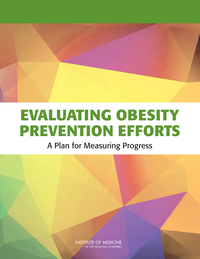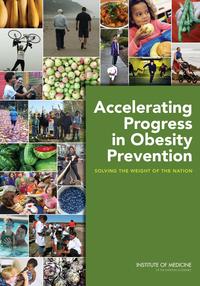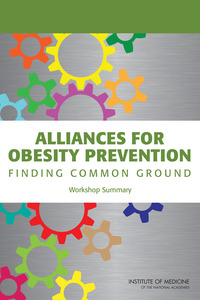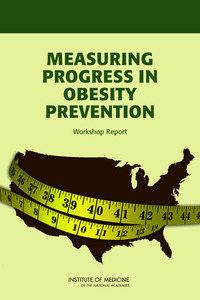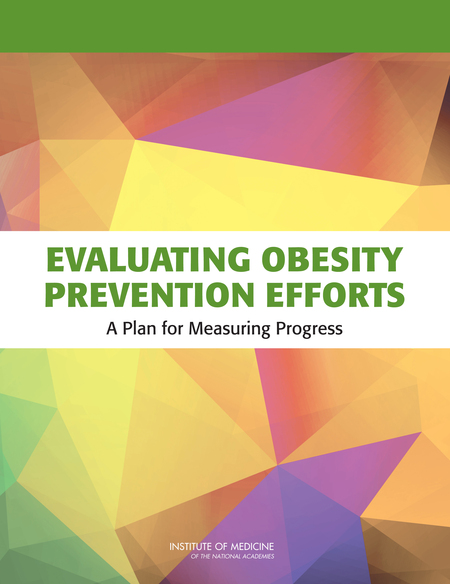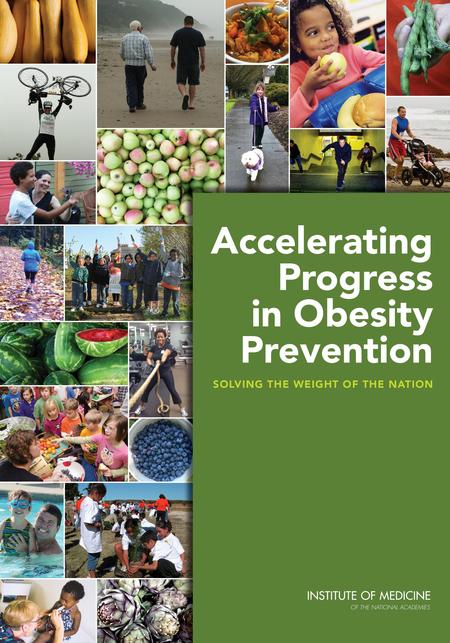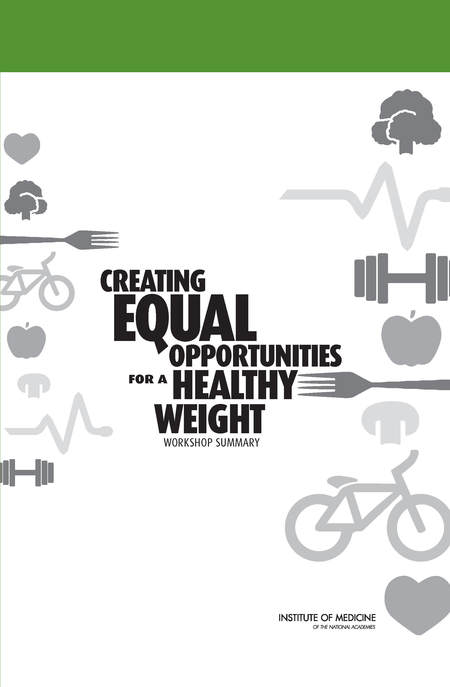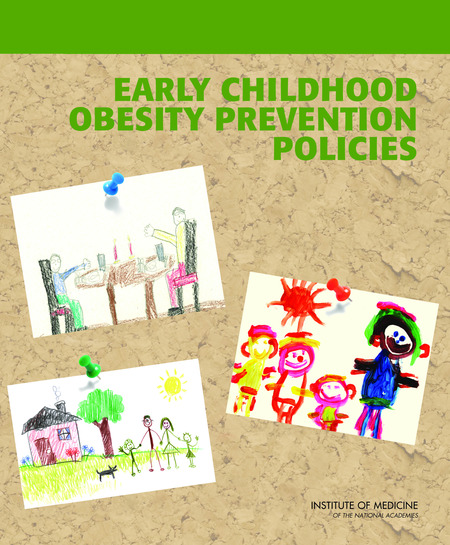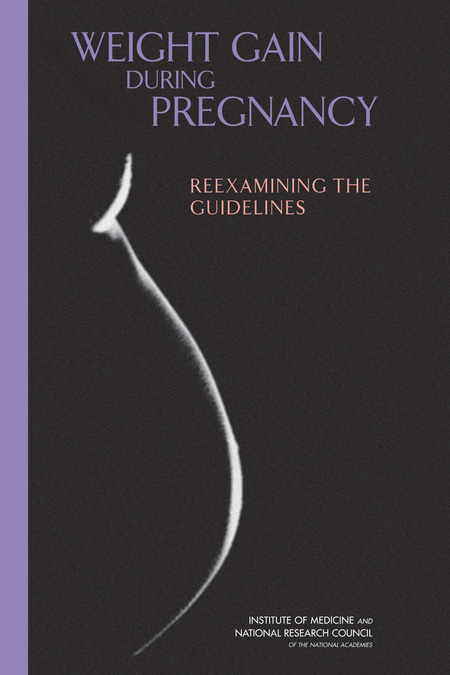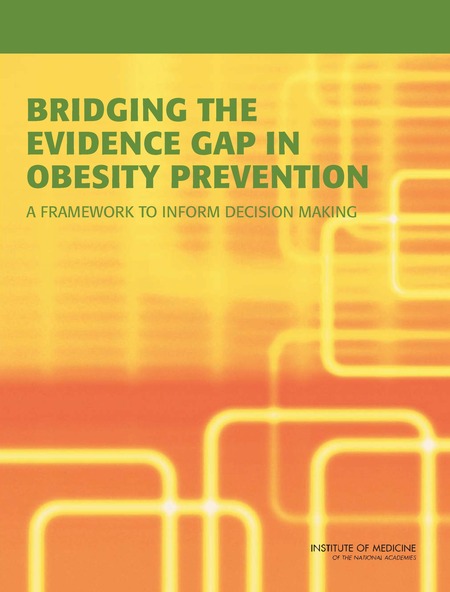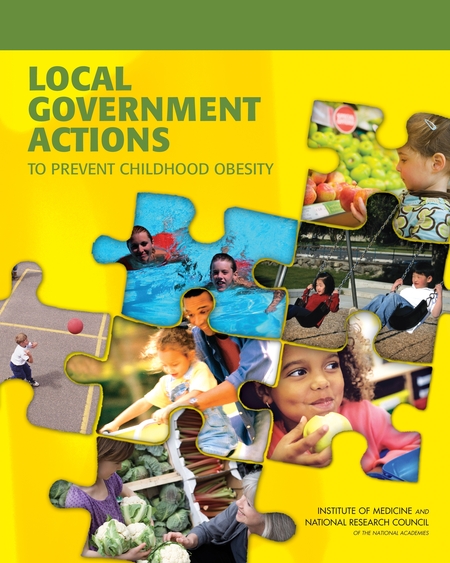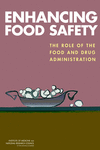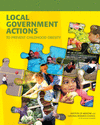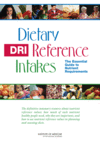
Created by Kevin Van Aelst
Now that you’ve eaten your donut, here are some reports from our Obesity Prevention Collection, which presents a fresh perspective about the causes, consequences, and potential solutions to the growing obesity epidemic by recommending obesity prevention actions, programs, and policies.
Physical inactivity is a key determinant of health across the lifespan. A lack of activity increases the risk of heart disease, colon and breast cancer, diabetes mellitus, hypertension, osteoporosis, anxiety and depression and others diseases. Emerging literature has suggested that in terms of mortality, the global population health burden of physical inactivity approaches that of cigarette smoking. The prevalence and substantial disease risk associated with physical inactivity has been …
Obesity poses one of the greatest public health challenges of the 21st century, creating serious health, economic, and social consequences for individuals and society. Despite acceleration in efforts to characterize, comprehend, and act on this problem, including implementation of preventive interventions, further understanding is needed on the progress and effectiveness of these interventions.
One-third of adults are now obese, and children’s obesity rates have climbed from 5 to 17 percent in the past 30 years. The causes of the nation’s obesity epidemic are multi-factorial, having much more to do with the absence of sidewalks and the limited availability of healthy and affordable foods than a lack of personal responsibility. The broad societal changes that are needed to prevent obesity will inevitably affect activity and eating environments and settings for all ages. Many aspects …
Many organizations are making focused efforts to prevent obesity. To achieve their goals, accelerate their progress, and sustain their success, the assistance of many other individuals and groups–not all of them with a singular focus on obesity prevention–will be essential. In October 2011 the Institute of Medicine held a workshop that provided an opportunity for obesity prevention groups to hear from and hold discussions with many of these potential allies in obesity prevention. They …
Nearly 69 percent of U.S. adults and 32 percent of children are either overweight or obese, creating an annual medical cost burden that may reach $147 billion. Researchers and policy makers are eager to identify improved measures of environmental and policy factors that contribute to obesity prevention. The IOM formed the Committee on Accelerating Progress in Obesity Prevention to review the IOM’s past obesity-related recommendations, identify a set of recommendations for future action, and …

